Huawei P20 Pro
Every year, we see phone manufacturers marketing their new phones as “re-defining” what their phones are capable of. Almost all the time, it’s just marketing fluff but every once in a while, you genuinely get a product that actually takes the phone experience to new level.
With the P20 Pro, Huawei is promising smartphone photography on a completely new level. The triple camera setup on the back that features a 40MP RGB sensor, and that makes the P20 Pro most versatile phone photo-shooter out there, regardless of price.
But competition is strong and Huawei's top rivals include the Samsung Galaxy S9 Plus and iPhone X both of which are two of the best phones currently available.
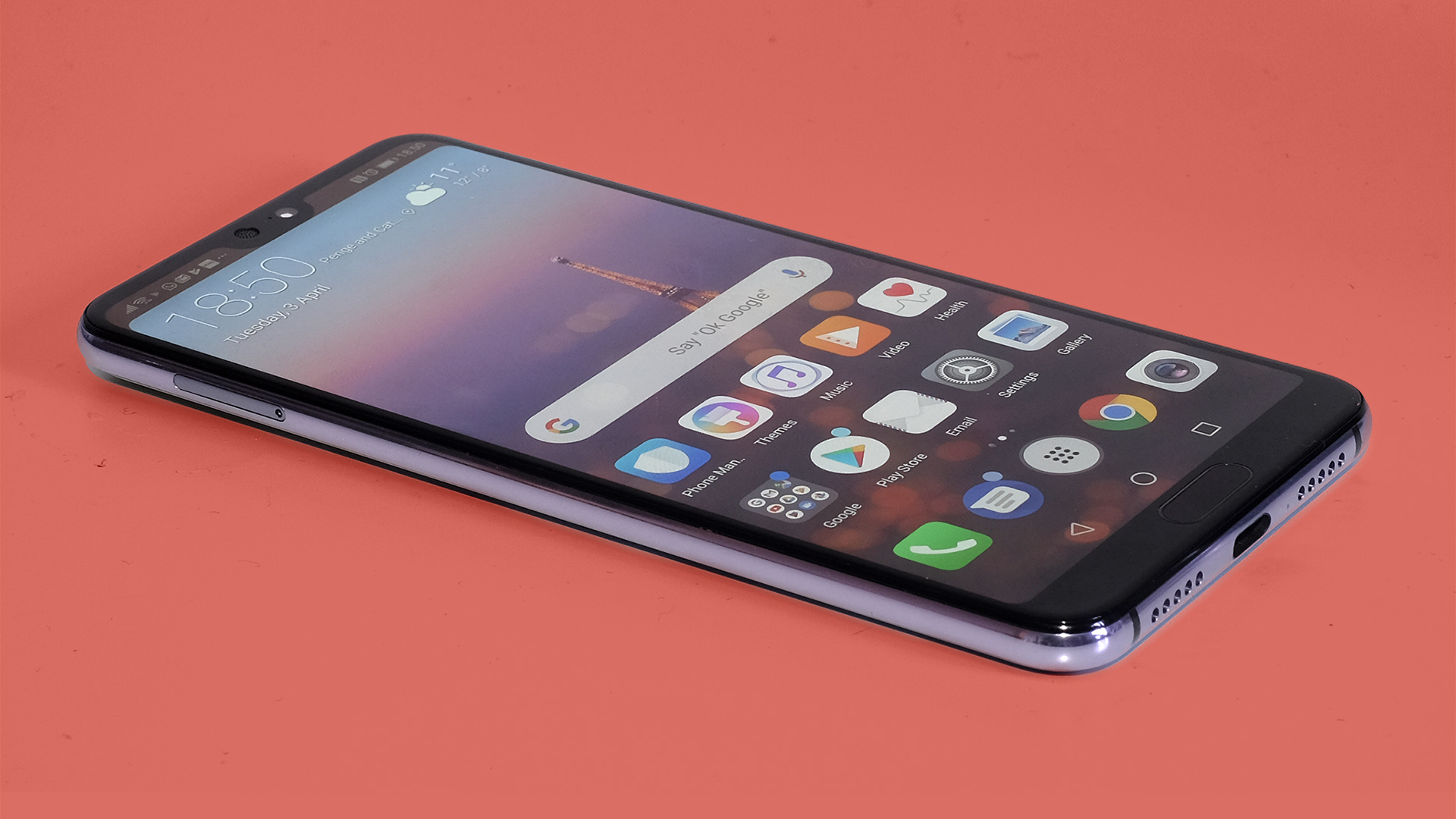
Huawei P20 Pro price and availability
The Huawei P20 Pro will be on sale in the UAE and Saudi towards the end of April with pre-orders likely to start a week or so before that. We'll find more details on the exact release date and the pricing in the Middle East in the next couple of weeks and will update this article accordingly.
Huawei has officially announced the pricing of the P20 Pro at AED 2,999 in the UAE (and we assume SAR 2,999 in Saudi) which puts it below the launch pricing on the Samsung Galaxy S9 and the Galaxy S9 Plus. Considering that the Huawei P20 Pro also packs in double the storage of Samsung devices, we think the P20 Pro is price extremely aggressively.
Key features
- 40MP rear camera with 3x optical zoom
- FullView Display
- Kirin 970 processor with AI smarts
Triple Camera setup
The Huawei P20 Pro is the first smartphone with three cameras on the back. Huawei was among the first to introduce dual cameras in partnership with Leica and that partnership continues with the P20 Pro.
The primary RGB camera is an astonishing 40MP sensor- something we haven’t seen since Nokia’s PureView days. The Black & White sensor is 20 MP while the third lens is fixed at 3X optical zoom levels and has an 8MP sensor.
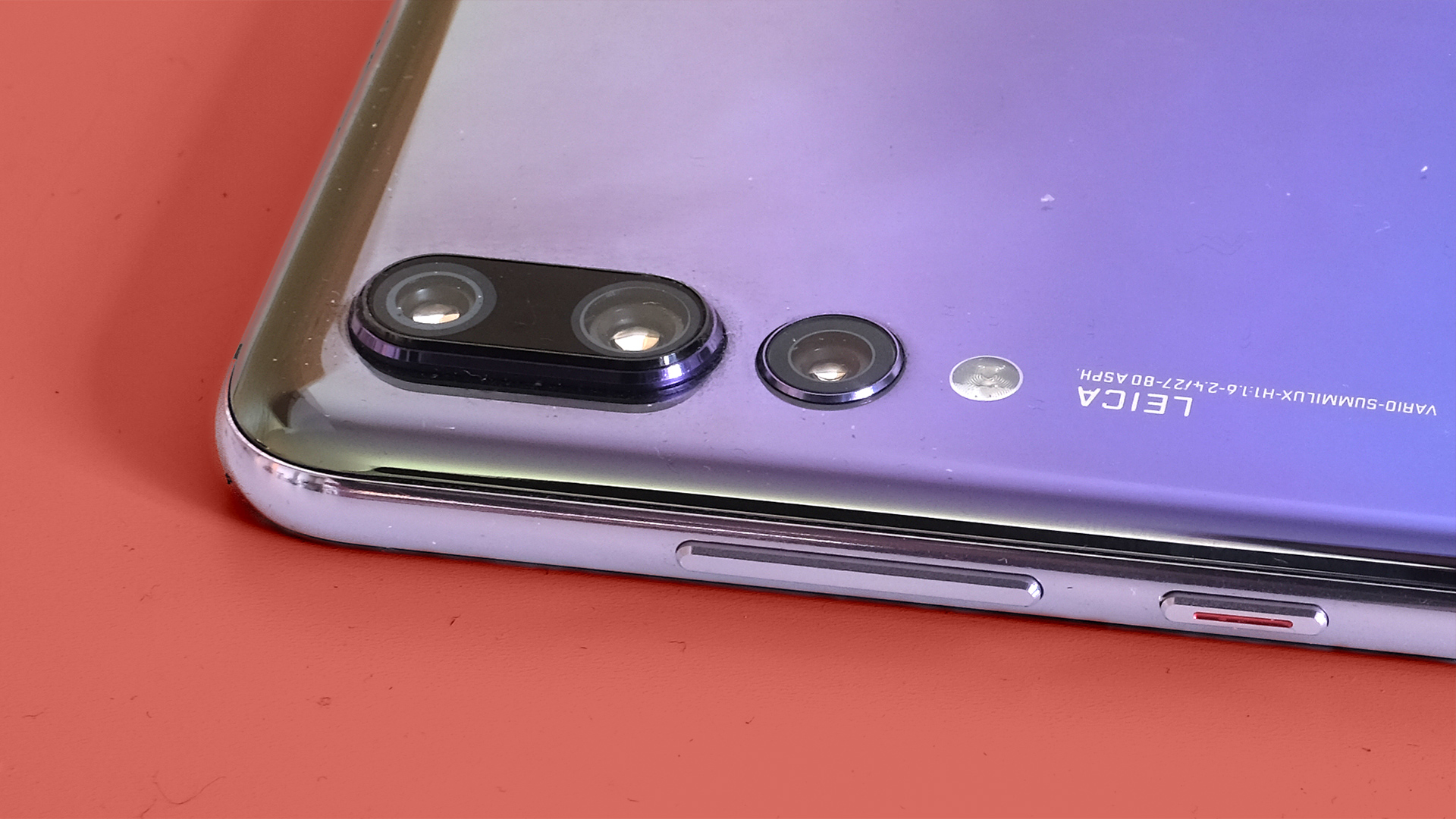
FullView Display
Huawei choses a notched design for its new flagship which certainly gives the phone a lot of screen space. The notch is smaller than the iPhone X but not as small as the Essential Phone.
Interestingly, Huawei gives you the option to hide the notch which makes the P20 Pro’s screen look more like a regular traditional phone.

AI Smarts
Huawei introduced it’s AI technology with the Kirin 970 chipset that debuted alongside the Huawei Mate 10 series late last year.
The P20 Pro utilizes the same chipset but Huawei adds more AI chops to the camera for better recognition of objects and scenes- upto 19 different categories.
Design
- Eye-catching glass and metal design
- No headphone jack
The P20 is quite a departure from any of the previous P series of phones from Huawei. Instead of a metal back, Huawei has switched to glass which definitely makes the phone feel more premium but the disadvantage of glass is that it also breaks more easily.
There's a metal frame around the phone that keeps the two glass panes together. Huawei has done well to blend the glass and metal together without any sharp edges.
However, the P20 Pro is a very slippery device which means that most people will add a case to it. That’s a bit of shame because it's quite a good looking phone as well.
We received the black version of the phone for review which is our second favorite color of this phone. The top spot goes to "twilight" which is a mix of blue and purple and is stunning. You’ll have to wait a bit to get that in the Middle East as it won’t be available at launch and will follow at a later date.

The back of the phone has the three camera sensors placed in a vertical formation. Interestingly, the top two cameras stick out more than the third one giving the P20 a bit of a camera bump. Keeping in mind that Huawei has placed a 40MP sensor there, we are absolutely fine with this design direction.
At 180g, the P20 Pro feels a bit weighty in your hands, however, Huawei has kept the phone impressively thin at 7.88mm. Although the phone is slimmer and lighter than the Galaxy S9 Plus, it is still a large phones that will require both your hands to use it.
Huawei has stuck to it's usual layout of buttons and slots. The volume buttons and the power key are on the right side while the left side holds the dual SIM tray. The bottom of the phone has a USB Type-C connector with a bottom firing speaking.
Huawei has removed the 3.5mm jack from the phone which will be a let down to some users, however a dongle is included in the box.
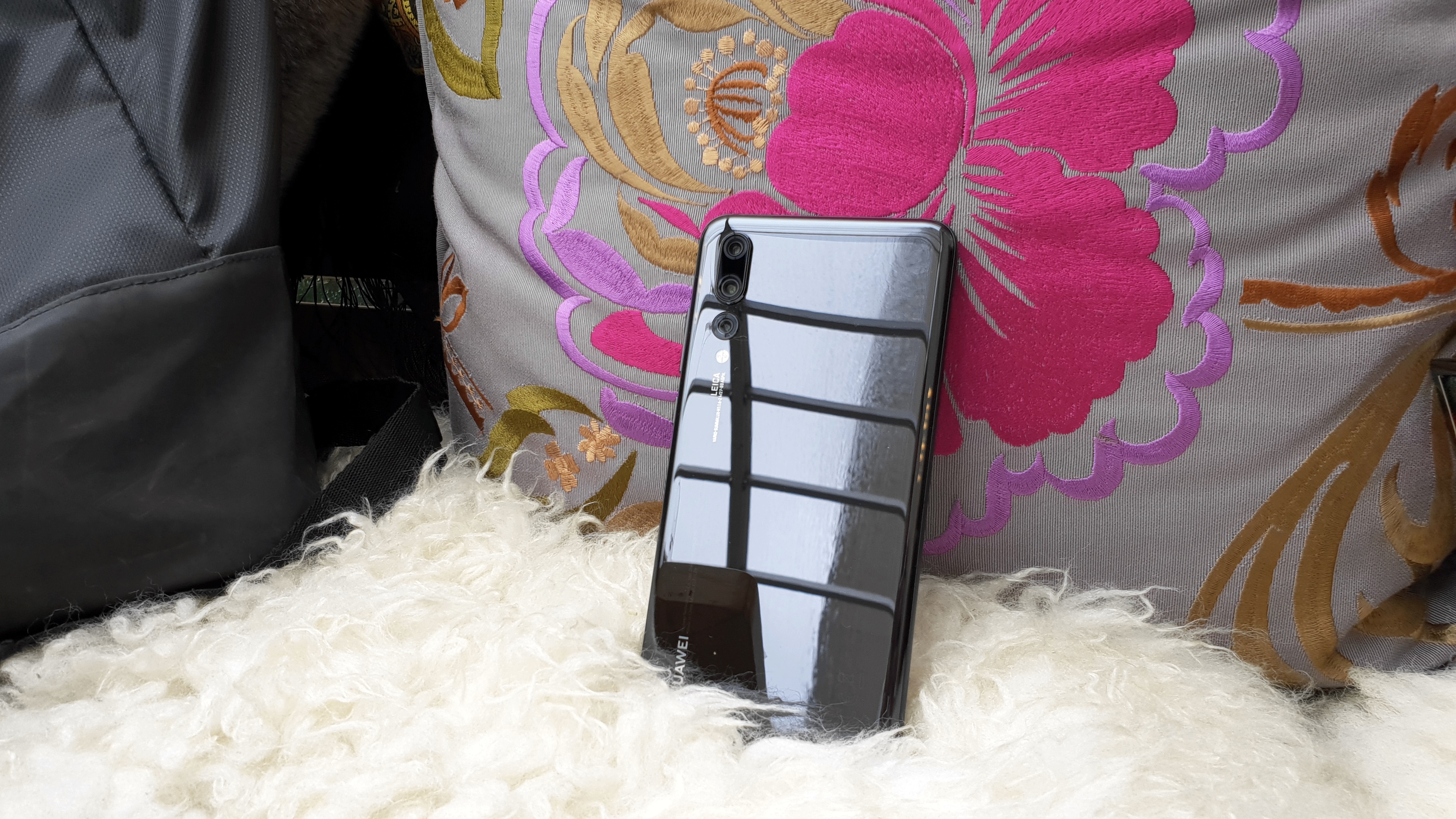
Moving to the front, you have a notched display on top- more on that later. Interestingly, Huawei has placed the fingerprint sensor on the front of phone below the display.
We’re not quite sure why Huawei didn’t move the fingerprint sensor to the back of the phone as that seems to be the trend with phones that have shrinking bezels. Like other recent higher-end Huawei phones, the sensor extremely fast. It takes you to the home screen in a heartbeat.
Another method of unlocking is face unlock which too, is exceptionally fast. Rather than using clever IR techniques like the iPhone X, the Huawei P20 Pro simply reads the high-resolution feed from its 24MP front camera to recognize your face.
The phone is water resistant to IP67, meaning it can handle submersion in one meter of fresh water for 30 minutes. But don’t start dunking it for fun.
Display
- 6.1-inch AMOLED display
- 1080 x 2244 FullHD+ resolution
- Screen brightness isn't the best
The P20 Pro features a 6.1-inch OLED screen with an 1080 x 2244 FHD+ resolution. That number sound unusual, but this is really just a Full HD screen stretched out to an 18.7:9 aspect ratio.
The P20 Pro has a pixel density of 408ppi which is noticeably lower than the S9 Plus's 529ppi. That being said, the display quality is excellent. Blacks are perfect, there’s minimal blue cast when the phone is tilted, which affects some less advanced OLED displays.
The Huawei P20 Pro is also the first Huawei phone with a notch, the display cut-out made famous by the iPhone X. Apple’s excuse for the notch is that it was required for all the tech used for the phone’s face unlock feature: a normal camera, an IR camera, a dot projector, proximity sensor and more.
Huawei doesn’t have quite as good an excuse, as there’s just a high-res camera and speaker on the Huawei P20 Pro’s front. However, the notch is smaller and whether you like it or not, it's going to be a big part of smartphone displays this year. Even Google has embraced it and is building support for notched displays with the upcoming Android P.
The way Huawei has implemented the notch though, is clever. You can chose to use the phone with a notched display where certain apps (like Google Maps) spill over to the notch or you can chose to turn the notch off that basically creates a black strip on the two sides creating an 18:9 display.
With the notch hidden, Huawei still moves the notifications above the screen so you don’t lose any screen space. Keep in mind that there are some apps that need to be optimized though. For example, Instagram gets cut off when the notch is hidden.
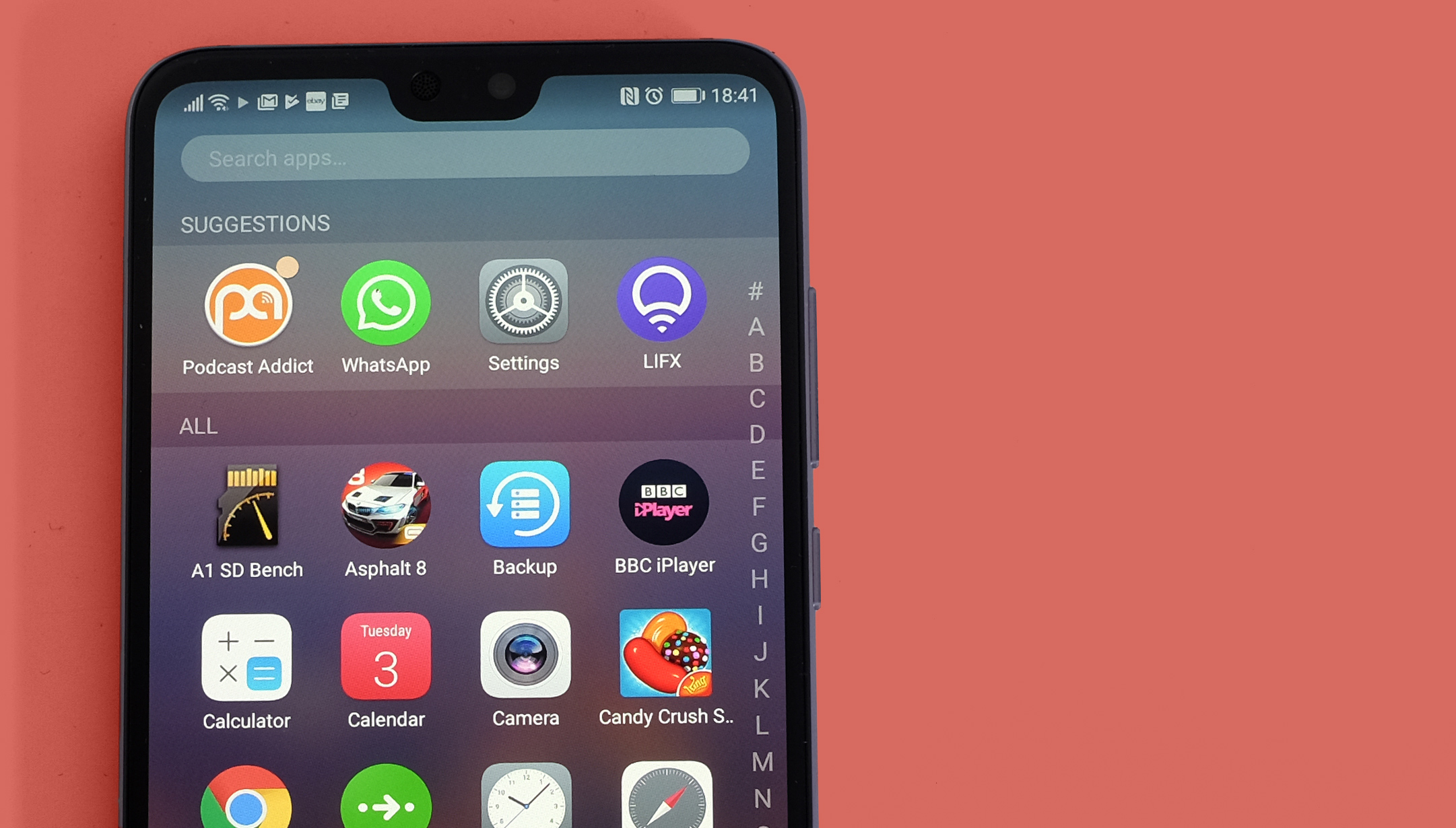
Screen space is, in fact, something Huawei has worked quite a lot to maximize. Besides the notch on the top, you can also hide the standard Android navigation bar on the bottom.
You can then use the fingerprint sensor work as a multi-function home key. This gives your content a lot of space and is great for everything from emails to your instagram feed.
Where the screen struggles is in the bright sun. Even with full brightness, there were days when the Dubai sun proved to be a bit much for the P20’s screen making it a bit difficult to read what was on the screen.
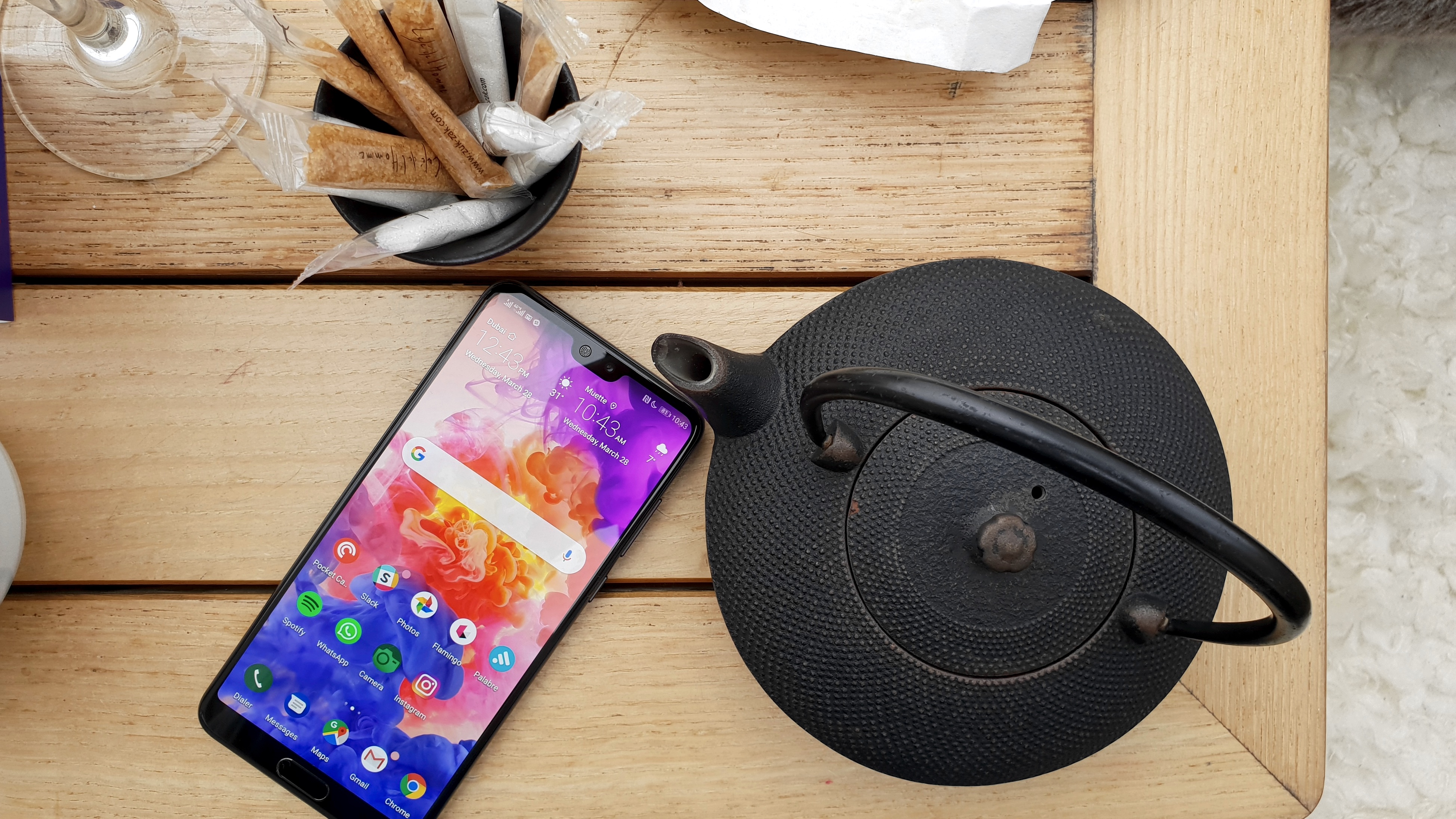
The Huawei P20 Pro features a few unusual tweaks. Its display can change the color temperature on the fly to suit ambient light conditions and the top part of the screen can be blacked out to completely hide the notch. This looks particularly neat as this little area can still be used for notification icons when blacked out.
You also have a choice of color profiles. Standard color looks a little more saturated than old industry standard sRGB, but offers a fairly natural, relaxed look. Vivid color deepens tones a little, with a slight subtlety trade-off.
Like other Huawei phones, you can also tune the color temperature to your liking, although the default setting is pleasant.
Battery life
- Fast 1 hour 24 minute charging
- 1.5-2 day battery
- Matches Mate 10 Pro for stamina
The Huawei P20 Pro features a massive 4,000mAh battery that combined with the battery optimizations that Huawei has built into EMUI, you can expect incredibly good battery life on the P20 Pro.
Most phones take a couple of days to settle in with battery life while initially setting up the device, downloading your data and syncing apps. You’re also using the device a lot more these first couple of days. But the P20 Pro isn’t like most other phones.
Following the launch event in Paris and getting the device, we pushed the P20 Pro for the next couple of days by not only doing all the above, but also taking tons on pictures and videos and having dual SIMs active at the same time. And the P20 Pro lasted till the end of each day. Most phone give up by 5PM under such conditions.
Battery life only improved once we got back to Dubai, disabled the secondary SIM and went about with normal usage. We were ending up with 40-50% battery remaining by the end of each day. Someone with more casual usage should easily be able to get two days out of it.
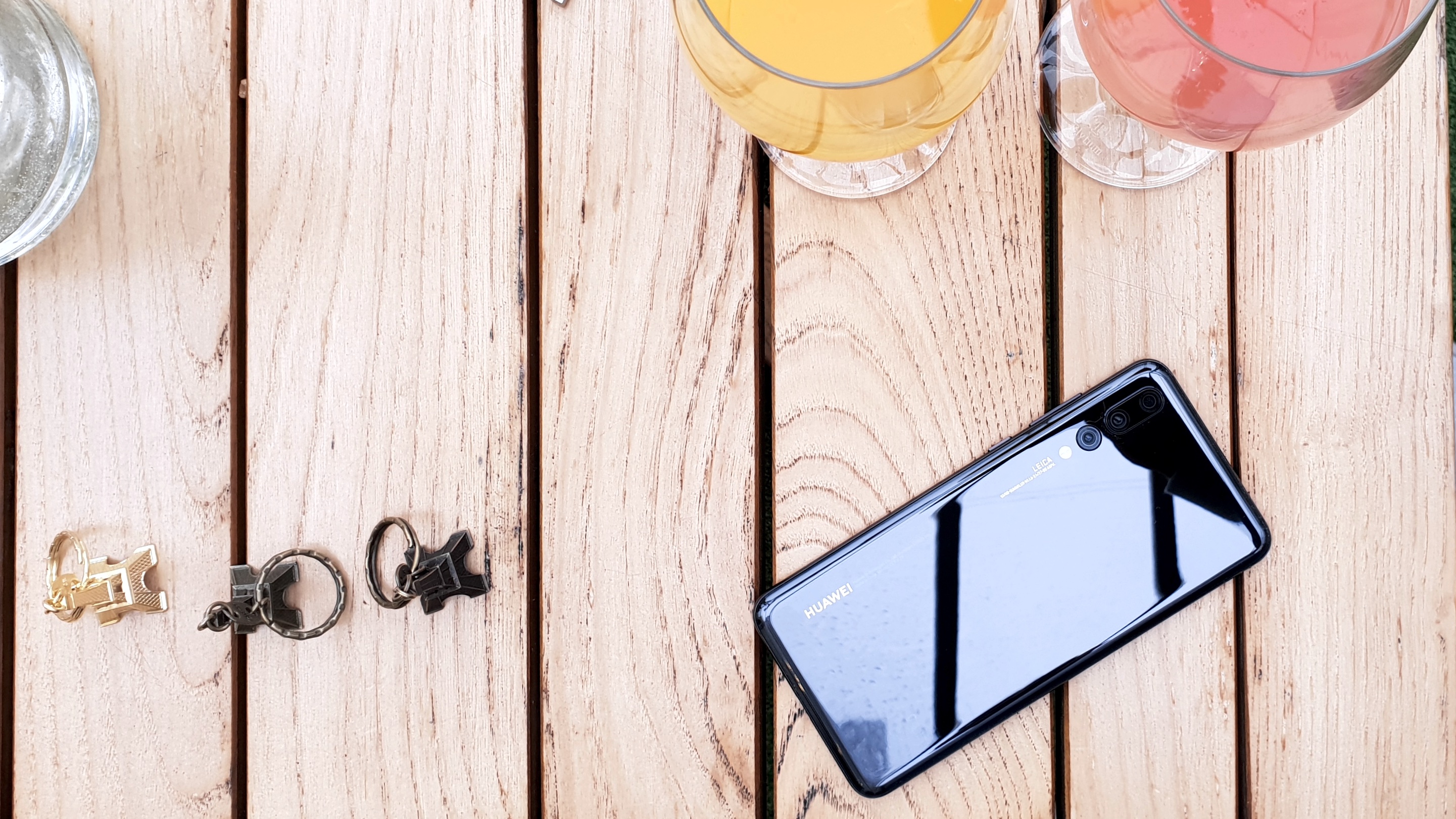
The Huawei P20 Pro also performs extremely well in our standard video playback test, where we play a 90-minute video at maximum brightness. It lost only 9% in this test, which is exceptional.
That’s the same result as the Mate 10 Pro, which is no great surprise as they have similar basic hardware and the same battery capacity.
It charges fast too. The supplied fast charger takes 1 hour 24 minutes to get the Huawei P20 Pro from completely flat to 100%. It takes 45 minutes to get from 0% to 80%.
The only area the P20 Pro is lacking when it comes to power and battery is the lack of support for wireless charging. Charging pads are becoming more popular by the day and both the Galaxy S9 and the iPhone X support wireless charging. We would have liked to see Huawei add this feature to the P20 Pro- especially considering that it has a glass back.
Camera
- Great 3x optical zoom
- Excellent low light Night mode
- Clever, if aggressive, AI scene modes
The highlighting feature of the Huawei P20 Pro is a triple camera setup. It’s the first of it’s kind that we’ve seen on a phone and includes Huawei’s standard set of a monochrome and a color sensor, as well as a telephoto lens fixed at 3X optical zoom.
The first sensor on top is the 8MP telephoto lens with an f/2.4 aperture while the one below it is the primary 40MP RGB sensor with an f/1.8 aperture. Finally, the last sensor is a 20MP monochrome sensor with f/1.6 aperture. All of these sensors are helped with multiple auto-focus technologies that Huawei has built on the P20.
As standard the Huawei P20 Pro shoots 10MP photos but you can shoot 40MP ones if you like, and even 76.2MB DNG RAW files when using the Pro mode.

Huawei’s JPEG handling is so good that when you zoom to 100% in a 10MP photo it actually appears far sharper than a corresponding 40MP one. However, look deeper, to the point where the 10MP photo devolves to blocky pixels and you’ll see far more detail in the 40MP files.
At pixel level these images aren’t ultra-sharp, but there’s real additional image data here.
However, you’re actually better off going with the way Huawei intends you to use the P20 Pro's camera, shooting 10MP shots and using the zoom. Despite having lower resolution, the 3x zoom camera can take some great pics and renders more detail than a crop of the RAW or 40MP JPEG files can provide.
You can also shoot at 5x zoom, which Huawei calls Hybrid Zoom. This uses far more intense processing than the 3x zoom and doesn’t uncover more true detail. But it does make far-away text clearer and uses smart upscaling to make the photos look right rather than blurred like a simple digital zoom.
Watch what happened when we took the Huawei P20 Pro at the top of the world's tallest tower- the Burj Khalifa.
Huawei loves smart camera processing, and this has also resulted in something called AIS. This is Huawei’s software version of optical image stabilization (OIS), using smarts to get rid of the need for mechanical stabilization.
What this means is the camera never seems to slow its exposure beyond 1/16 of a second, using processing and the black and white secondary sensor to improve image quality. Judging by our hand-wobbling tests, though, the 3x zoom camera does have OIS, because a zoom lens effectively amplifies any shakiness in your hand.
The Huawei P20 Pro uses relatively high ISO sensitivity at night, but the resulting images are still comparable with the best, including the iPhone X. Huawei’s processing and AIS really seems to work, although the Galaxy S series greater (although decreasing) reliance on OIS can still result in less shaky photos in low light.
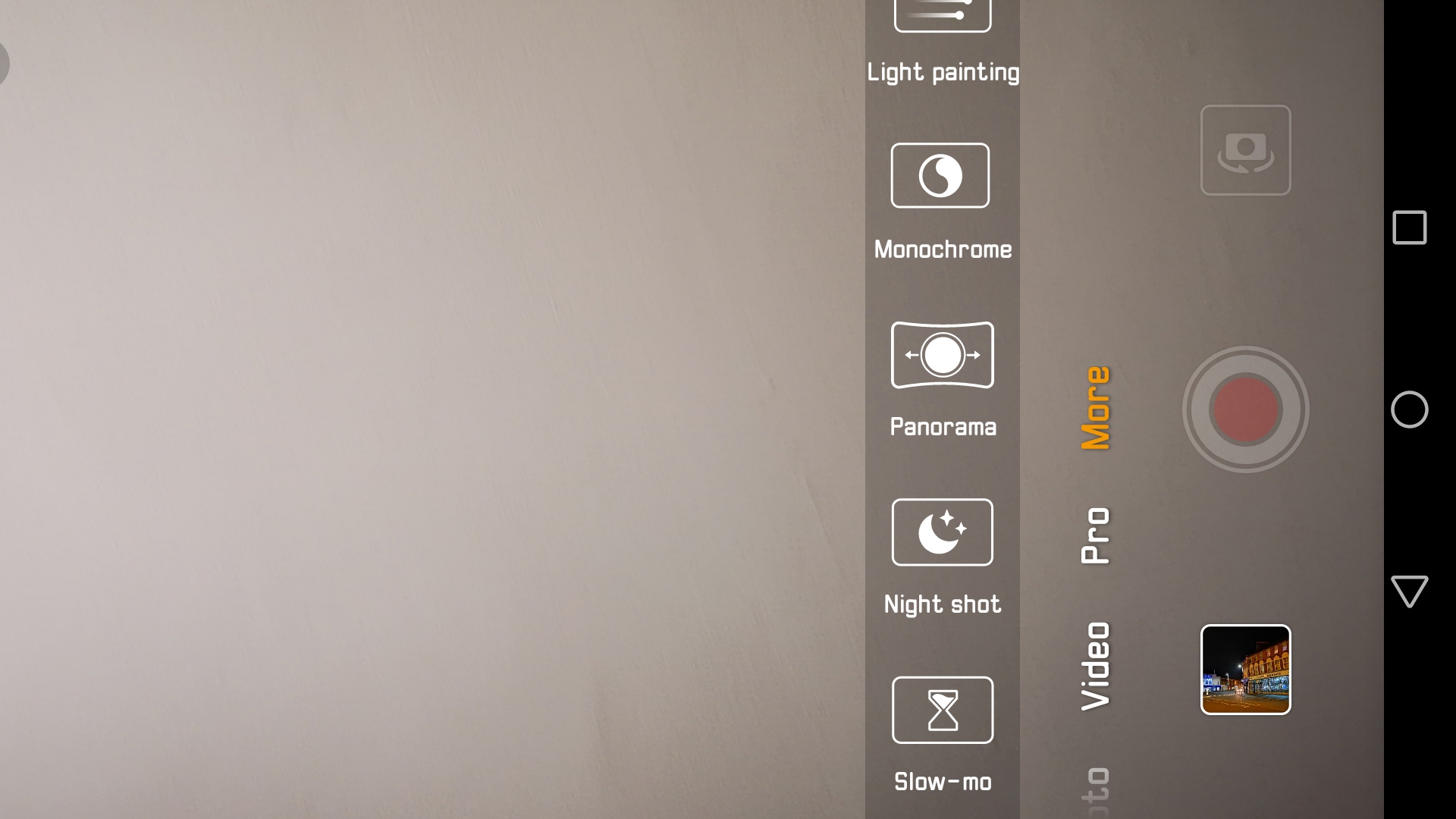
This all changes when you use the Huawei P20 Pro’s Night mode, though. It’s nestled fairly deep in the camera app but is one of the phone’s most impressive features.
It merges a barrage of images over 3-6 seconds. Previous Huawei phones had a similar mode, but this one is designed to be used handheld, which is an amazing feat of AI image processing. And it works.
Using night mode, you can get ultra-dark shots with dynamic range and detail far in excess of any LG, Sony, Apple or HTC phone. It can handle the kind of scenes that make other phones curl up and cry.
The Huawei P20 Pro's camera is an interesting jigsaw puzzle of technology. But are its actual, normal images any good?
For the most part they are great. Its 10MP images are sharp and detailed, low on noise. The phone handles exposure and dynamic range optimization very well, although at times it can be a little too obsessed with retaining every square inch of highlight, making some parts of a photo look a little dull.
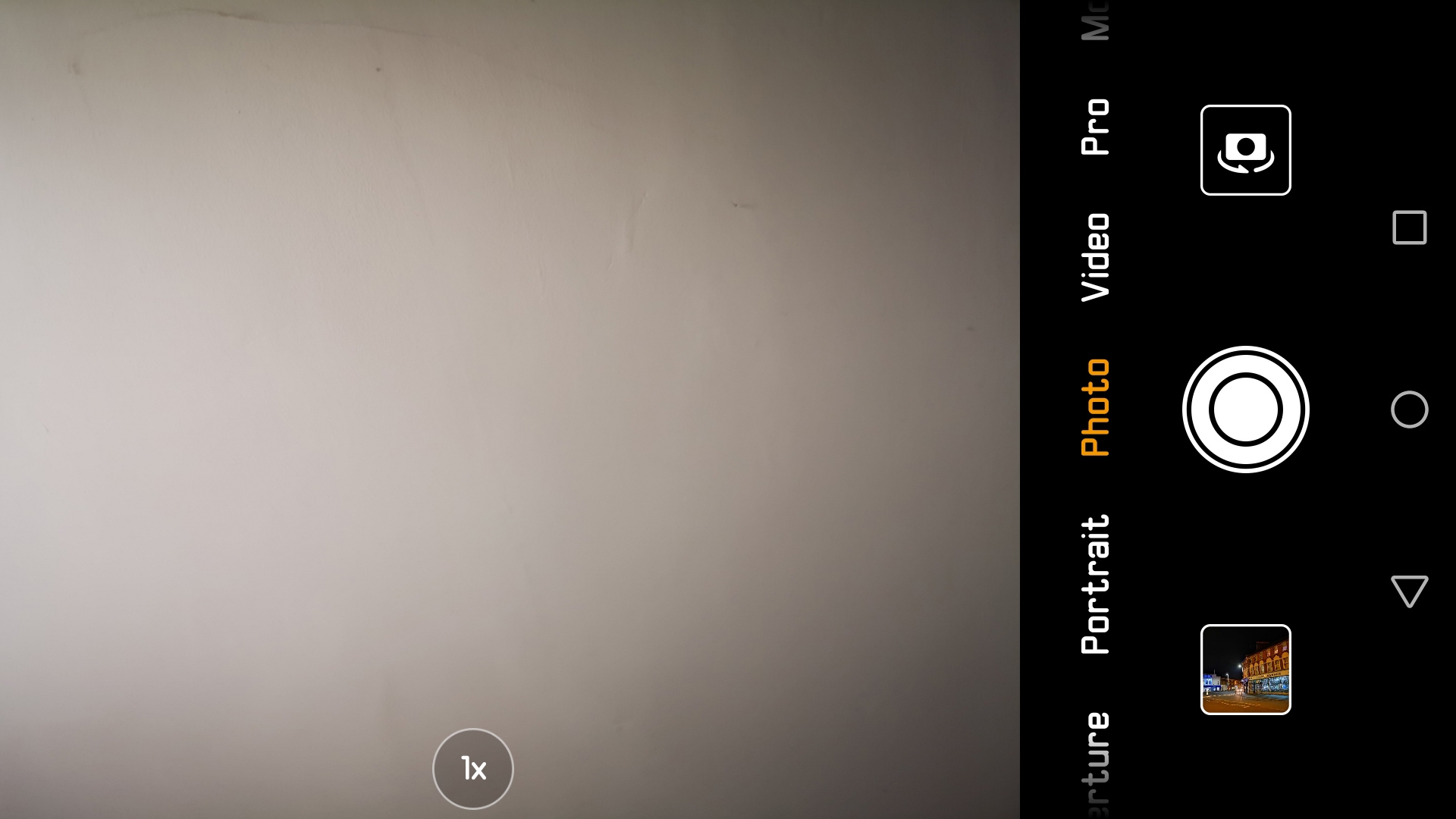
Thanks to the large main sensor and relatively wide f/1.8 Leica lens, natural bokeh (background blur) is lovely and very pronounced. While there’s a great virtual wide aperture mode, you don’t need to use it to isolate near subjects.
The one part we don’t always like is the workings of the AI scene selection. The Huawei P20 Pro constantly analyses the camera feed, to see what you’re taking a photo of. It’ll recognize food images and nature shots with great speed and accuracy.
However, what it does to these pics isn’t always welcome. It turbo charges color too often, resulting in near-toxic levels of color saturation in some shots. When this is the photographic equivalent of face smoothing it’d be nice to have some control over its level.
You can switch it off entirely, though, which might be an idea if you end up with fields that look as though they’ve been laced with neon.
Camera Samples
Video
The Huawei P20 Pro can shoot video up to 4K resolution, but for handheld footage you may want to stick to 1080p. At 4K res there’s no image stabilisation, which makes footage look juddery and amateurish.
At 1080p, though, the software stabilisation is extremely effective. You can run along the road with the Huawei P20 Pro in your hands and the footage will still look pretty smooth.
You lose the stabilisation when the frame rate is upped to 60fps at 1080p, so you do need to think about whether you need stability or another strand of image quality.
There’s slo-mo shooting too, up to 960fps (32x speed). However, at 960fps and 240fps you can only shoot at 720p, the same cap as the Galaxy S9’s 960fps mode. These videos don’t look super-detailed so won’t come across well on a large screen.
Selfies
The Huawei P20 Pro’s front camera has specs worth bragging about too. It uses a very high-resolution 24MP sensor. This resolution isn’t all that obvious in the shots it takes, though.
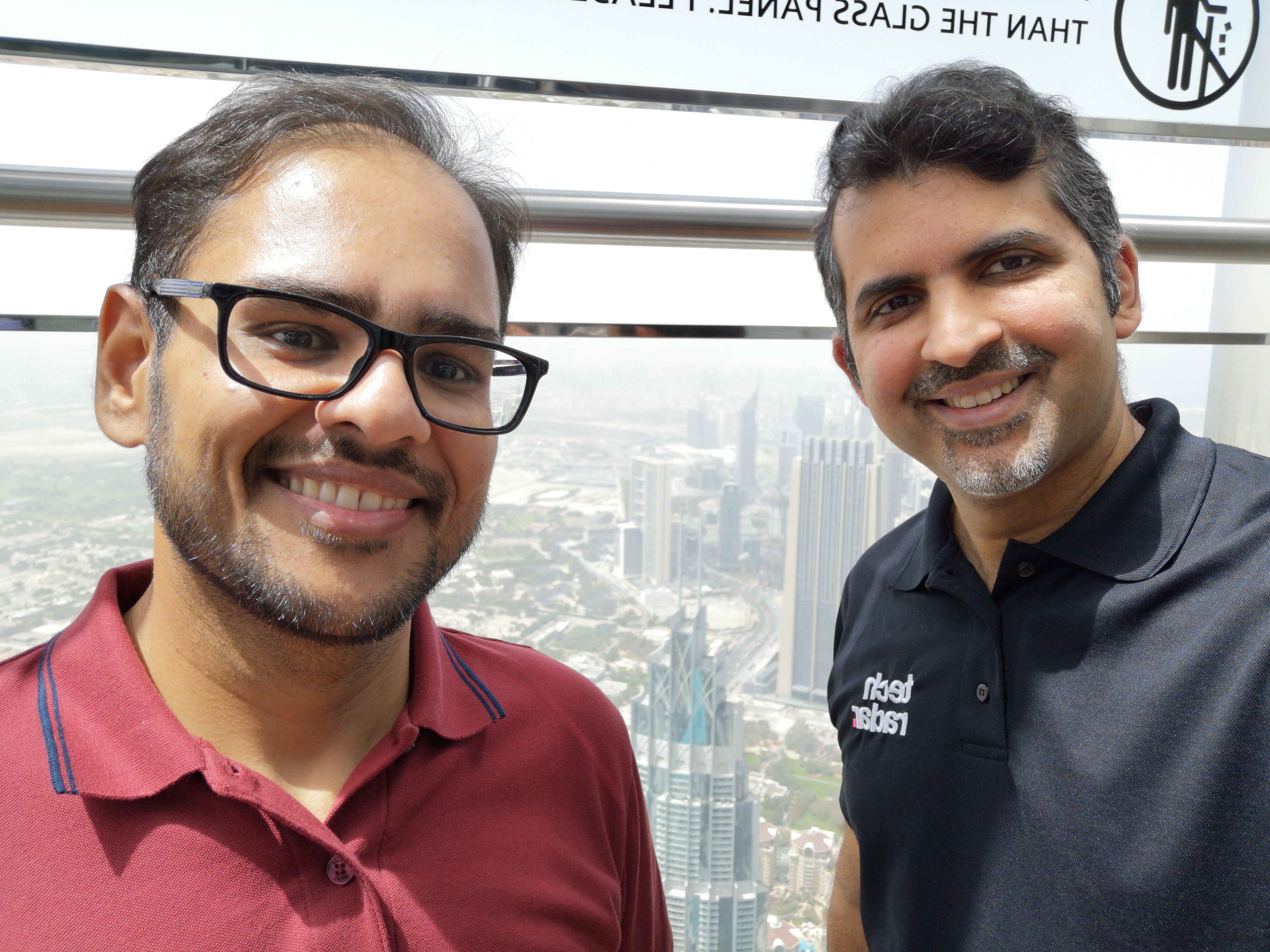
However, like the rear camera it holds up well in low light, making us wonder if there’s some automatic pixel-binning going on. This is where sensor pixels are combined to increase low light performance at the expense of detail.
Interface and reliability
- Android 8.1 with EMUI 8.1
- Looks more like iOS than Android
- Great day-to-day performance
Huawei has installed the latest version of Android released by Google which is Android Oreo 8.1 on the P20 Pro. Our review sample came with a pre-production features March 2018 security updates.
Huawei’s custom overlay on top of Android is Emotion UI (EMUI) and you find version 8.1 on the P20 Pro. It's not just a simple skin but rather a comprehensive set of apps meant to replace many built-in Google apps.
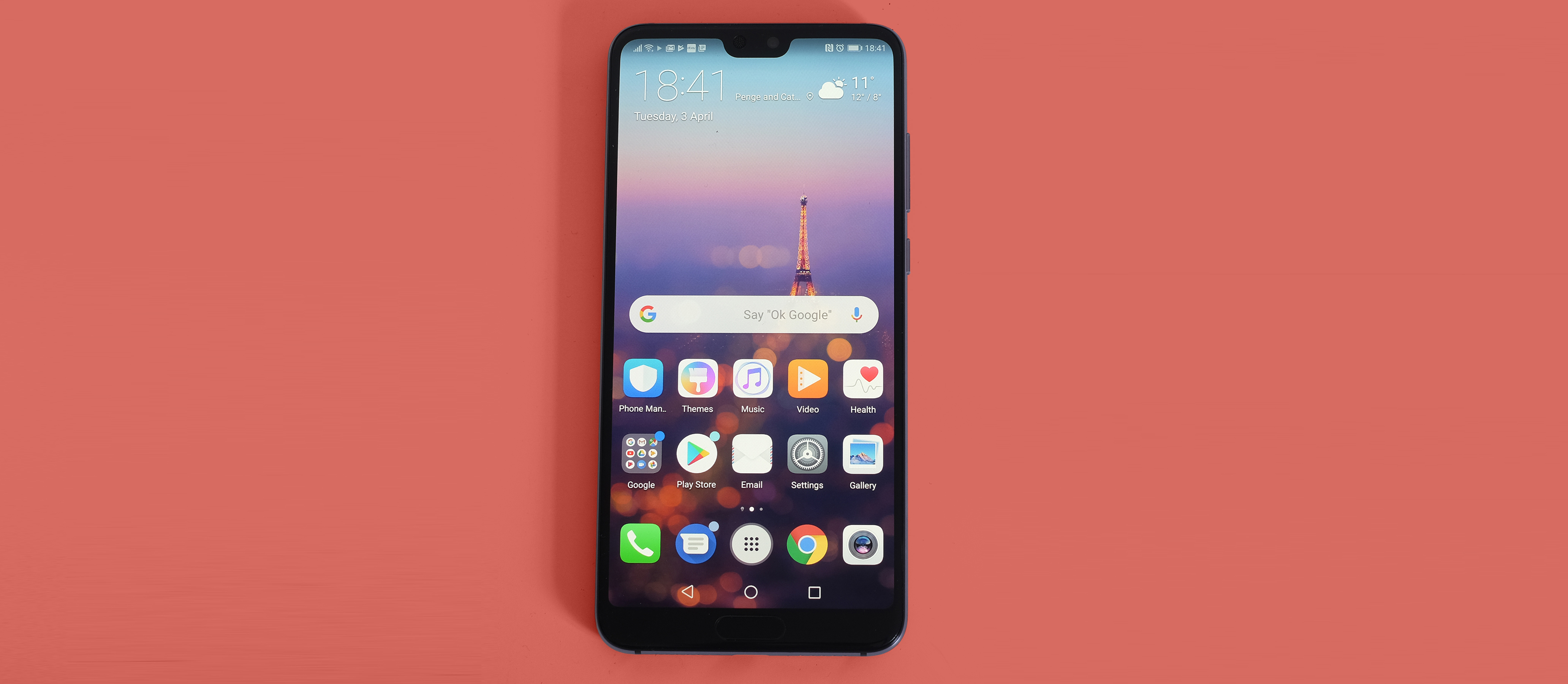
Huawei has it's own versions of apps for email, calendar, music and video playback, and, a photo gallery. There's even a separate app store called Huawei App Gallery. Until last year, Huawei had it's own SMS app as well but the partnership with Google has now changed that to Google's messaging app with RCS support.
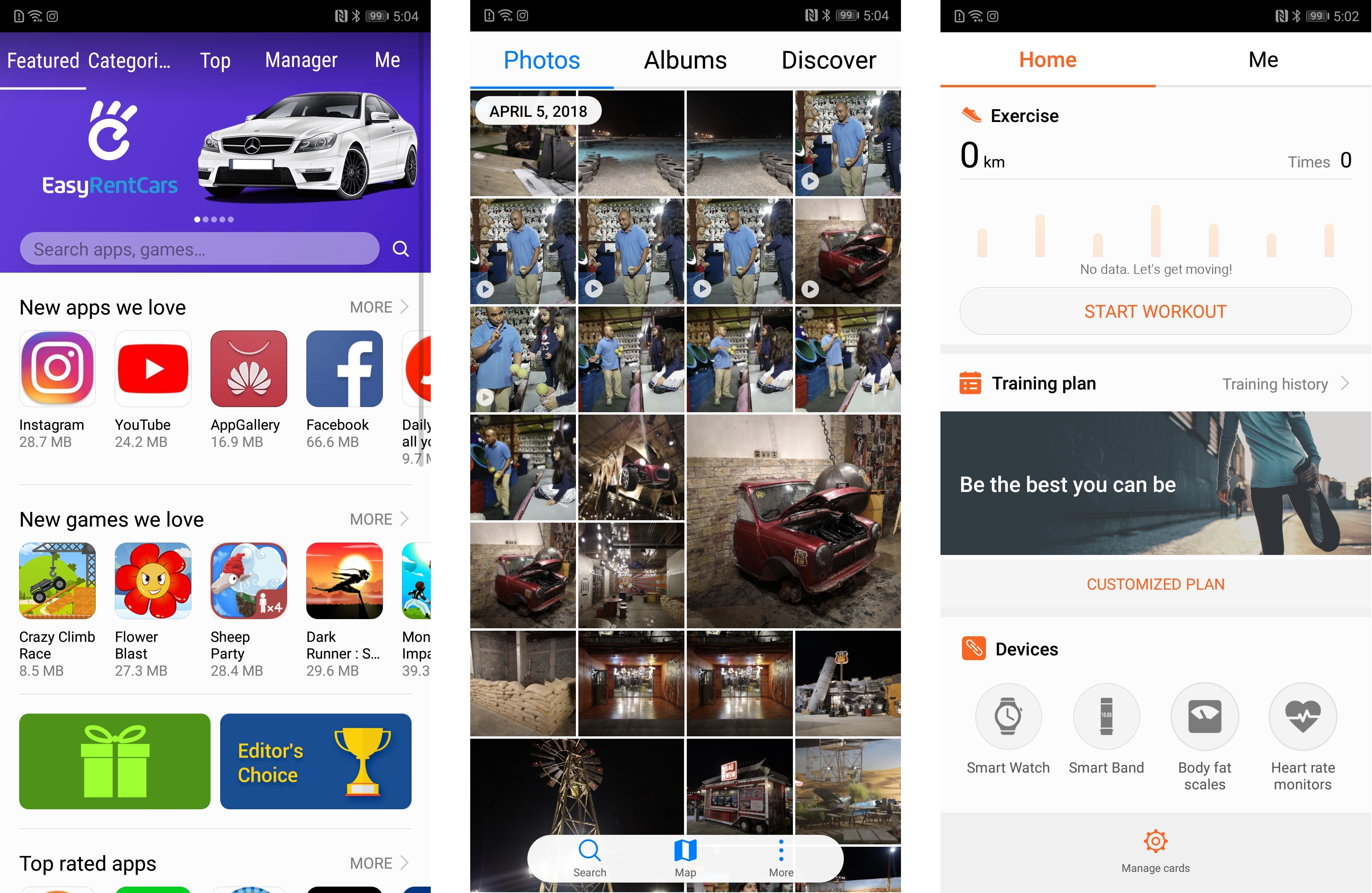
The best way to describe is that Huawei thought of an iOS user contemplating moving to Android and designed EMUI to make the switch as comfortable as possible.
For example, the sharing pane on the P20 Pro looks more like iOS than Android. Even the default launcher is initially configured to not have an app drawer but rather have all apps on home screens like iOS.
Because it’s so different to the stock Android UI and it will have its share of admirers and critics. That being said, the UI is very fast an fluid and you’ll barely notice any stuttering when moving through long lists or switching apps. It's also customizable through themes.
New to EMUI 8.1 is the data transfer tool that lets you easily move from an iOS or Android phone.
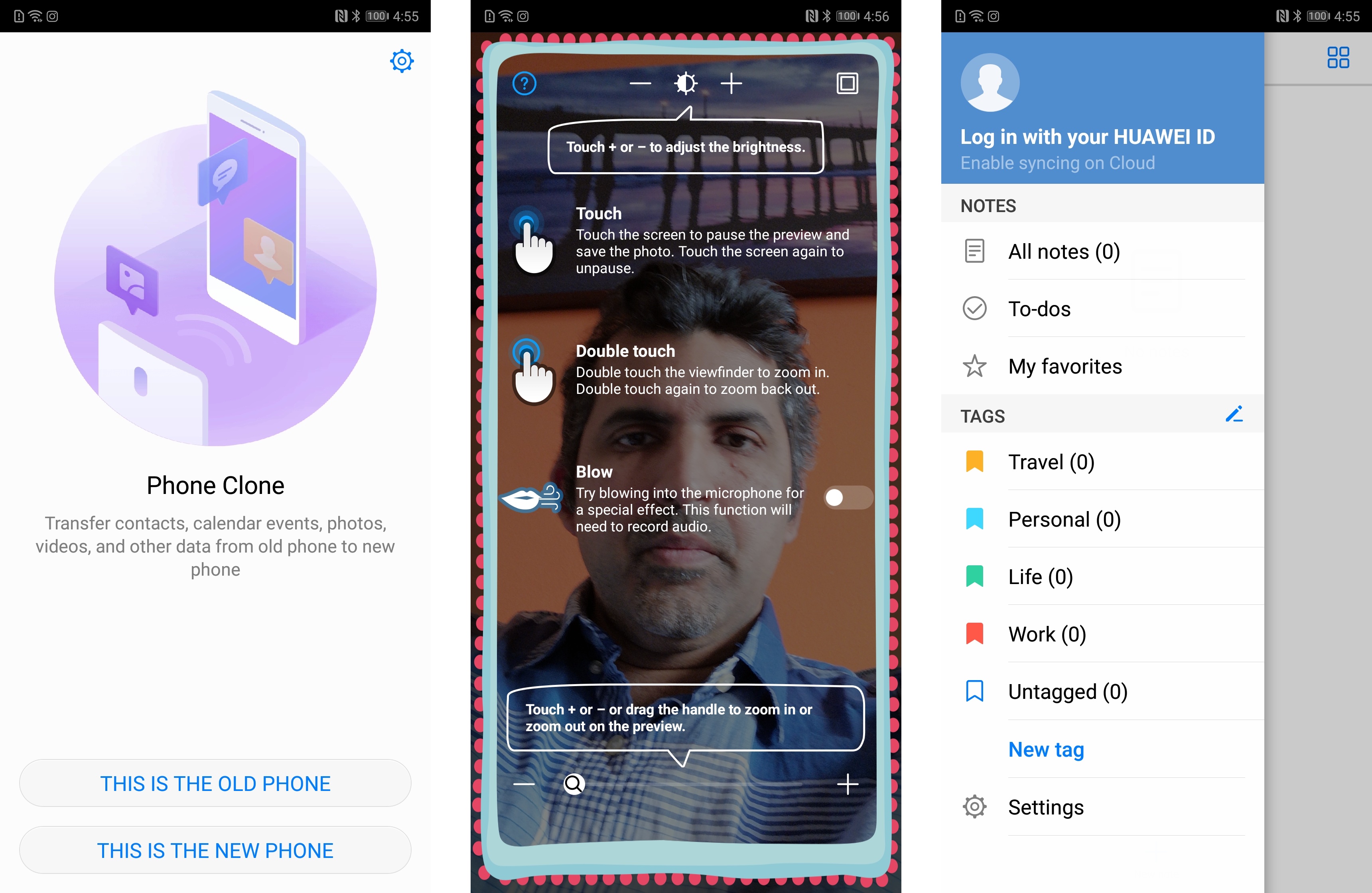
Music, movies and gaming
- Good speaker with dual drivers
- Doesn’t support Netflix HD streaming
- Screen is great for games and movies
You might imagine the Huawei P20 Pro’s notch would be an annoyance for games, but it isn’t. When the phone recognises a game or app that won’t play well with the notch, it automatically blacks out the notch area, removing it from play.
It’s not as simple as doing this for all third-party apps, though. Spotify keeps the notch in place, but Candy Crush Saga and Asphalt 8 do not. This is pretty clever, although we have seen some reports of it causing interface issues with the odd app, such as Instagram that we mentioned earlier.
As you’d hope, high-end games run very well on the phone, with no obvious performance dips in the titles we tried. The Huawei P20 Pro may not have the most powerful GPU in the phone world, but it has a lot of pep for one with a display only a little more pixel-packed than 1080p.
The Huawei P20 Pro has its own video and music apps. These are basic players that let you watch, or listen to, content on your phone.
Unfortunately, the phone does not currently support Full HD streaming through Netflix, though. It’s limited to 540p. While this still looks good, could pass for 720p, and will save your data allowance a further beating, this is likely to disappoint many.
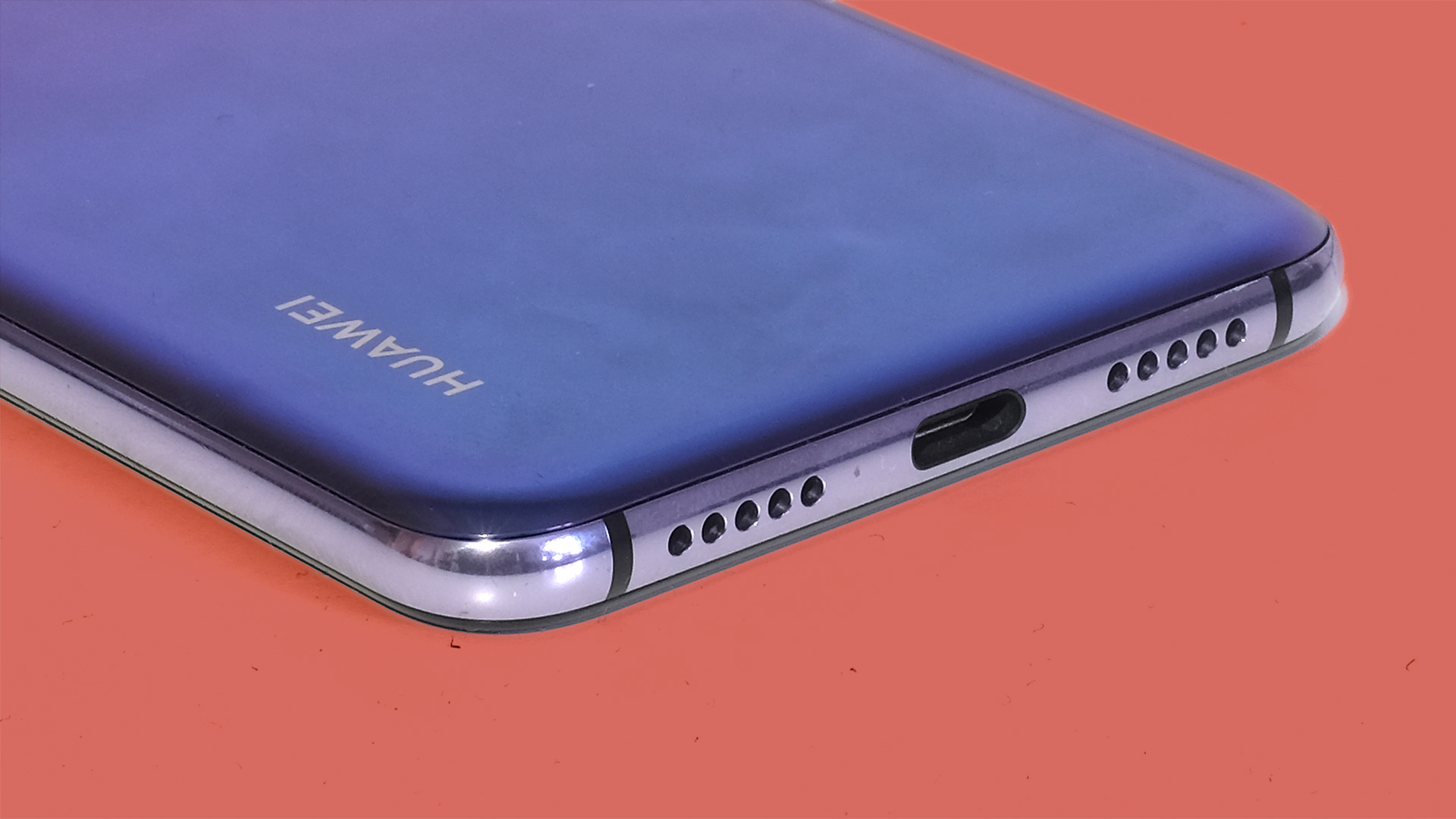
The Huawei P20 Pro does have good speakers, though. A driver on the bottom edge of the phone delivers the bulk of the sound, and a front earpiece speaker is used to play additional higher-frequency sound to stop it sounding lopsided when held in front of your face.
This is a meaty-sounding speaker array with good bass for a phone and unusually solid separation of the parts of a mix. At maximum volume the treble becomes a little brittle and harsh with certain content, though, showing how hard Huawei pushes the phone’s micro drivers.
Performance and specs
- Less power than 2018 flagships
- Uses the same chipset as the Mate 10 Pro
The P20 Pro packs the Kirin 970 flagship processor from Huawei owned HiSilicon that was released with the Mate 10 Pro. This chipset has eight cores. Four are Cortex-A73s, designed for high-performance tasks, the other four are Cortex-A53s, for everyday use.
This puts it behind the Samsung Galaxy S9 Plus, which has semi-custom ‘Kryo’ cores based on the Cortex-A75 and Cortex-A55 designs. These newer rival cores are more efficient, offering greater power at the same clock speed.
The Huawei P20 Pro also has a lesser graphics chipset than the Galaxy S9 Plus. It’s a 12-core Mali G72 here, where the Exynos and Snapdragon versions of the Samsung use either an 18-core Mali G72 or the excellent Adreno 630.
But does that play out in benchmarks? Running Geekbench 4 on the P20 Pro, the phone achieved an average multi-core score of 6717 which is a bit below what we've seen from new SoCs by Samsung and Qualcomm.
However, we also need to consider screen resolution in this. The Huawei P20 Pro doesn’t have as many pixels to render as either of those phones, reducing CPU and GPU strain in many situations. Thus, the phone feels and works as fast any flagship phone of today.
You also get a rather comfortable storage size of 128GB on the P20 Pro which is pretty quick. Read speeds of 501MB/s match some lower-mid-range SSDs and write speeds of 190MB/s aren’t bad either.
Do keep in mind that there ins't any expandable MicroSD slot on the phone. Having said that, we think that 128GB should be sufficient for most people, even if you're taking lots of videos.
Verdict
The P20 Pro is one of those phones that delivers on its promise. The triple camera setup makes it the best phone to take photos with- whatever, the lighting condition is.
There are areas that Huawei could improve upon such as a higher-res screen, wireless charging and improvements to EMUI but none of them stops us from recommending this phone to someone interested in the Galaxy S9 Plus or the iPhone X.
It has everything needed in a world-class handset, including a very capable camera, plenty of power, great battery life and an impressive build.
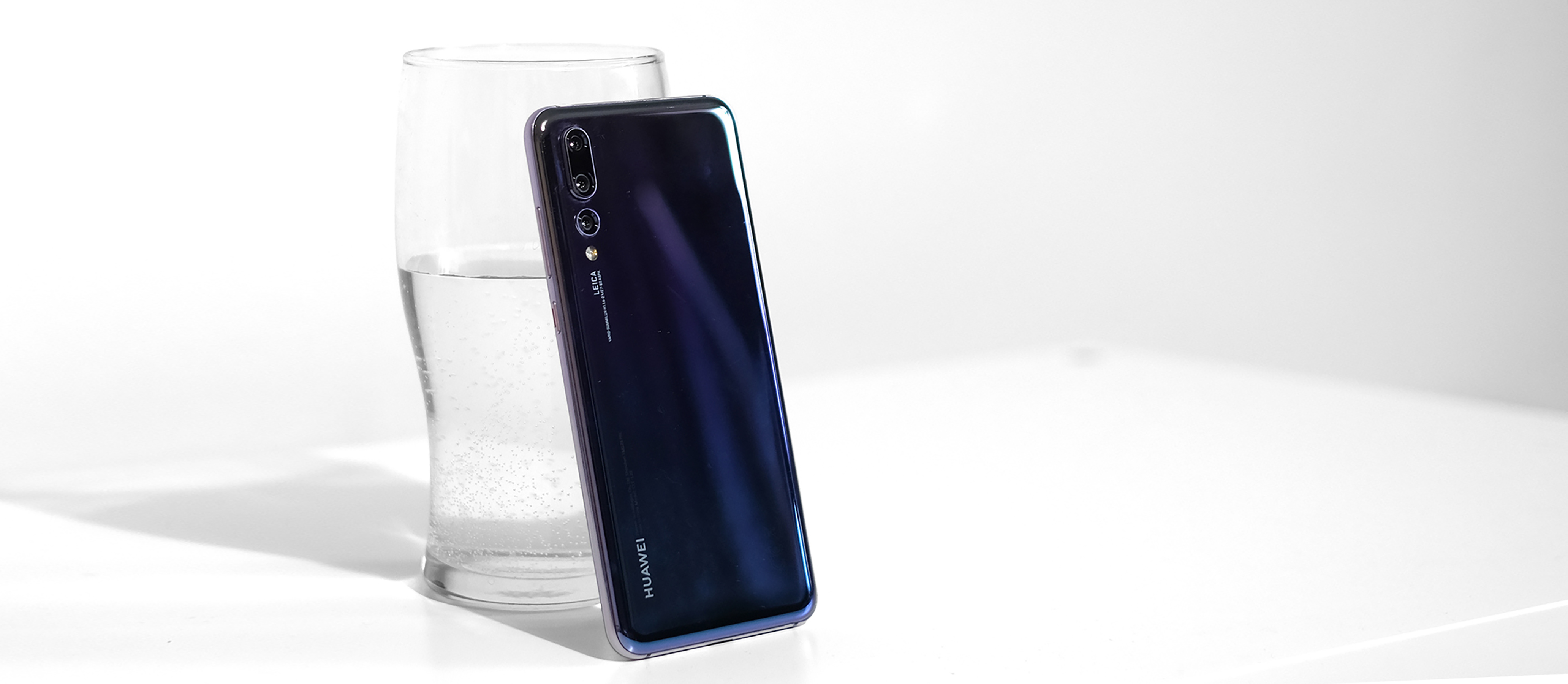
Who’s it for?
This phone is for those who want new and exciting tech but can’t quite stomach the price of the iPhone X or Samsung Galaxy S9 Plus.
While the P20 Pro is not cheap, it is still more affordable than those two phones. The Huawei P20 Pro is also more interesting than Samsung’s latest, which is a big win for Huawei.
Should I buy it?
If you want the best camera on the phone, matched with near-unbeatable battery life in a phone of this size, the Huawei P20 Pro is absolutely worth a buy. It is also priced lower than competing handsets mentioned below.
There are lots of other high-end options, including the following three phones:
Samsung Galaxy S9 Plus
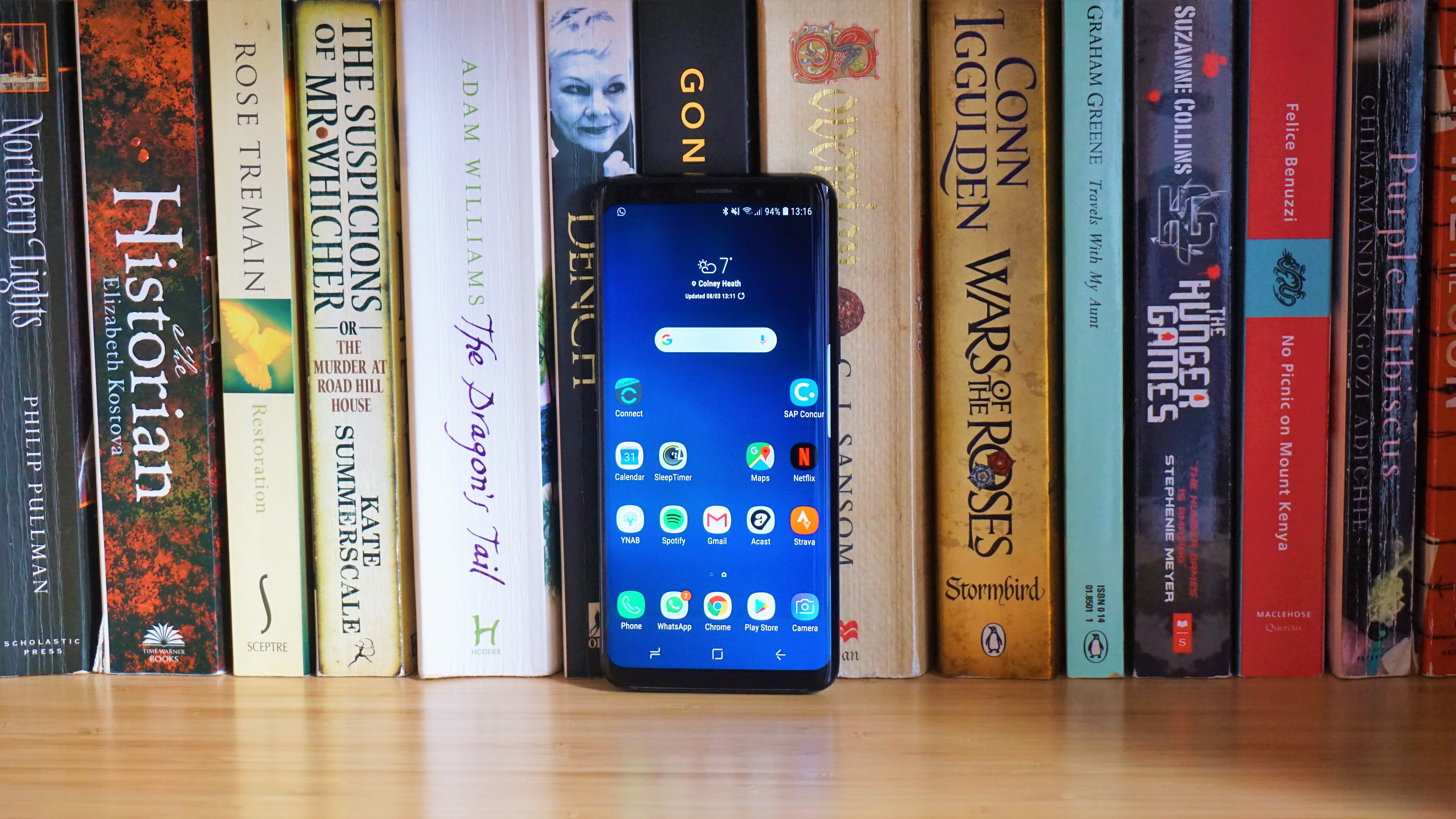
The S9 family was not a high point for Samsung. These phones are fantastic, no doubt about that, but seem a little too similar to those of the year before.
The Galaxy S9 Plus is more expensive than the P20 Pro, has a more powerful chipset and a sharper screen. It can arguably take better low light photos if you don’t use the P20 Pro’s dedicated night mode.
Switch that on and the Huawei wins by quite a margin, though. The Huawei also has somewhat better battery life.
- Read our in-depth Samsung Galaxy S9 review
iPhone X
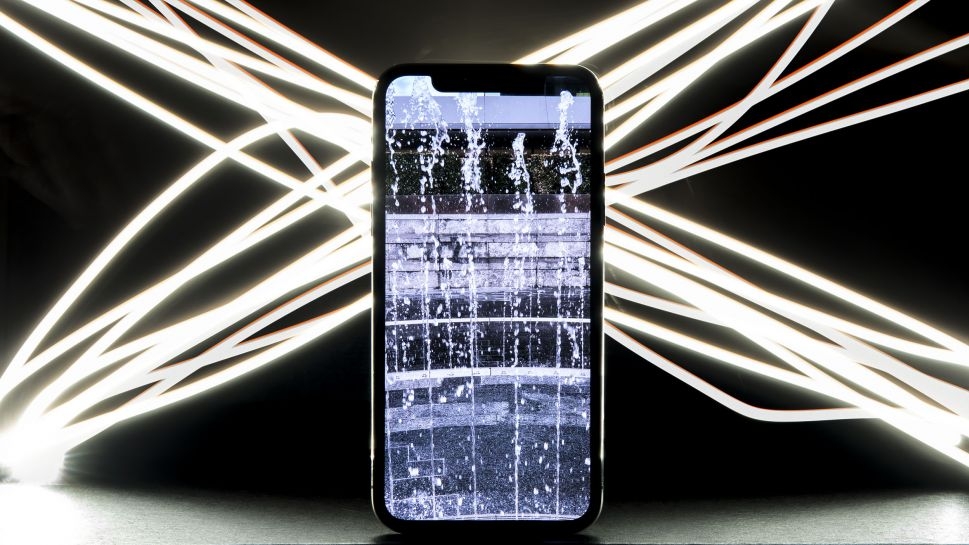
At around AED 1,000 more than the Huawei P20 Pro, the iPhone X is significantly pricier. What else do you expect from Apple?
The iPhone software feels more polished and the phone’s chipset is a lot more powerful. However, its camera has less powerful optical zoom and its night images aren’t even close to those of the P20 Pro’s night mode.
- Read our in-depth iPhone X review
Huawei Mate 10 Pro
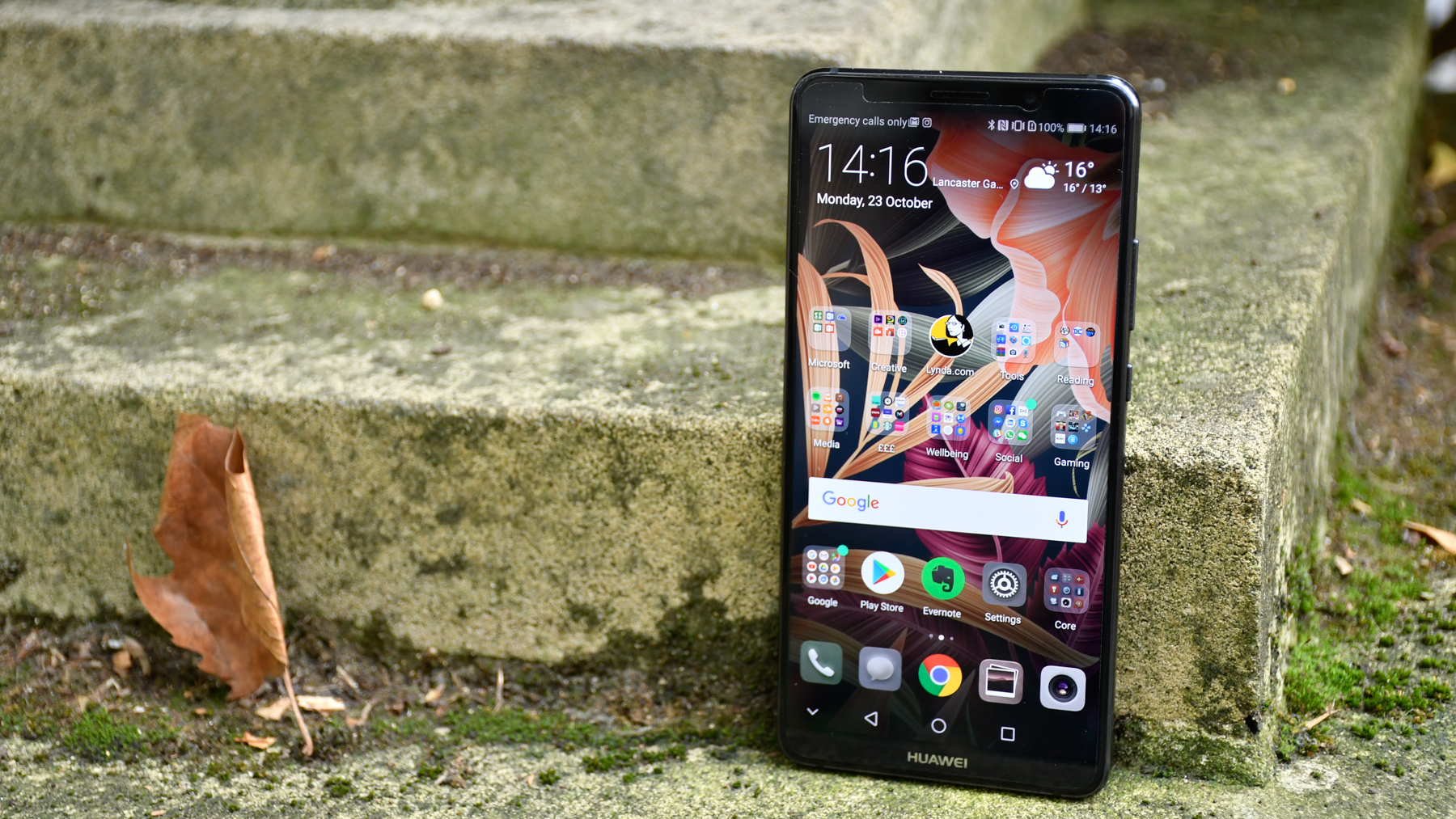
The Mate 10 Pro arrived a few months earlier and has the same chipset, similar battery life and similar software. If you’re not fussed about the P20 Pro’s new camera tricks this phone gets you a comparable day-to-day experience for less money.
However, by using a more conventional camera array you also miss out on the most fun and interesting parts of the P20 Pro.
Read our full Huawei Mate 10 Pro review
First reviewed: April 2018
0 comments:
Post a Comment